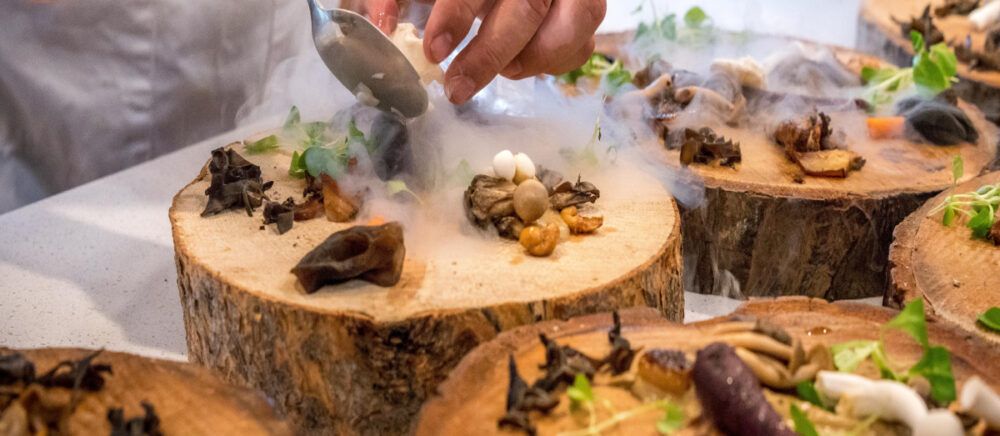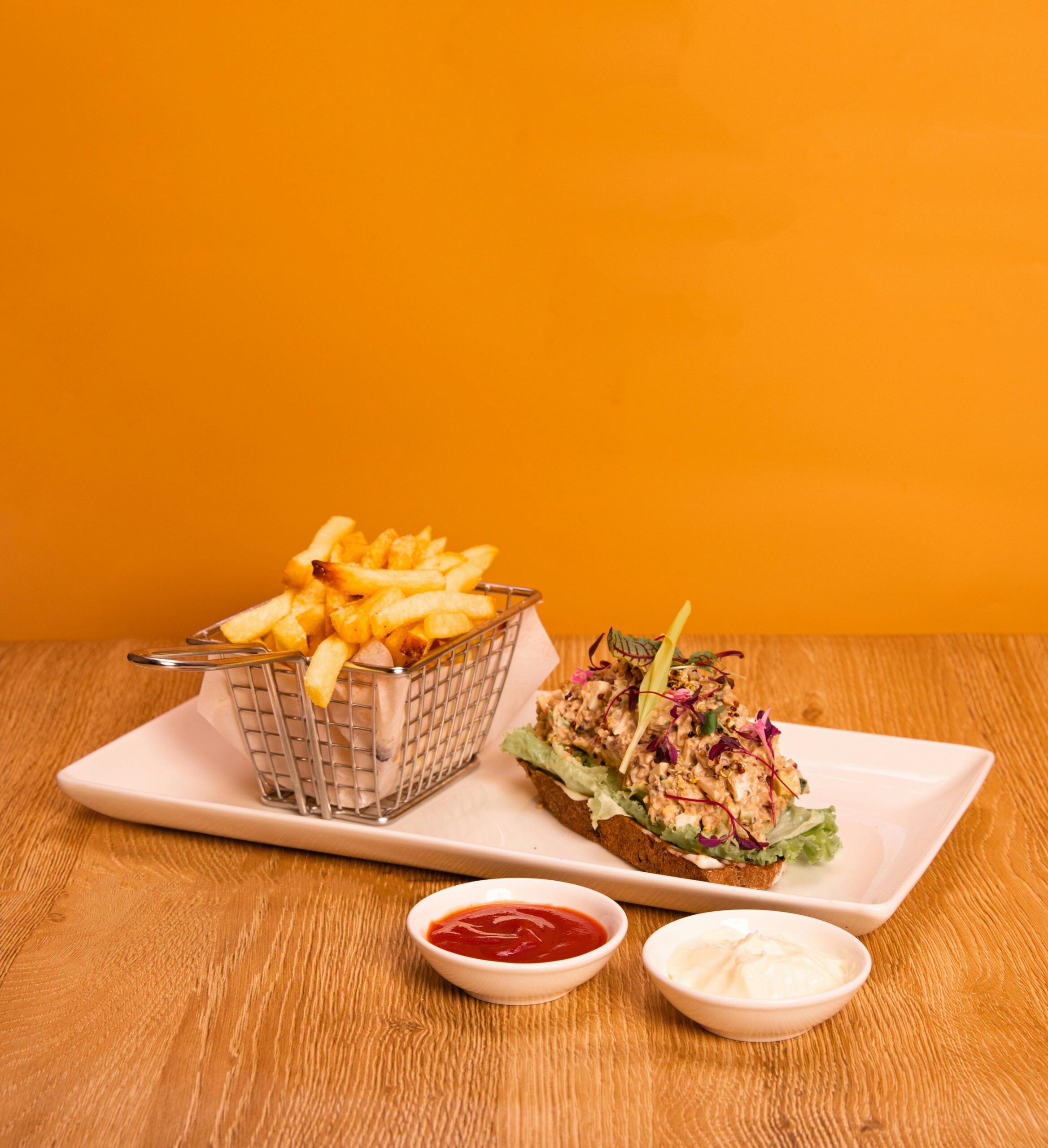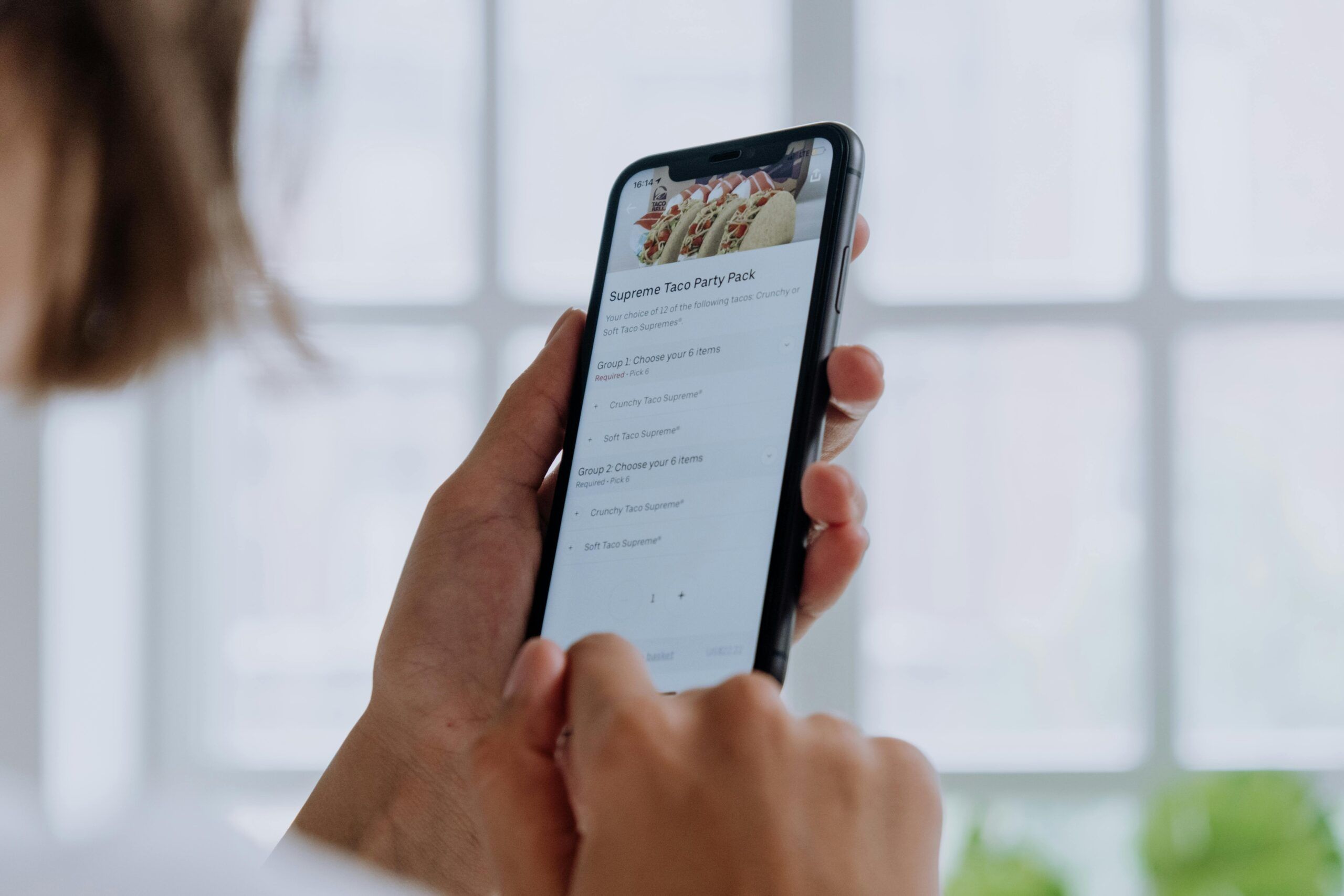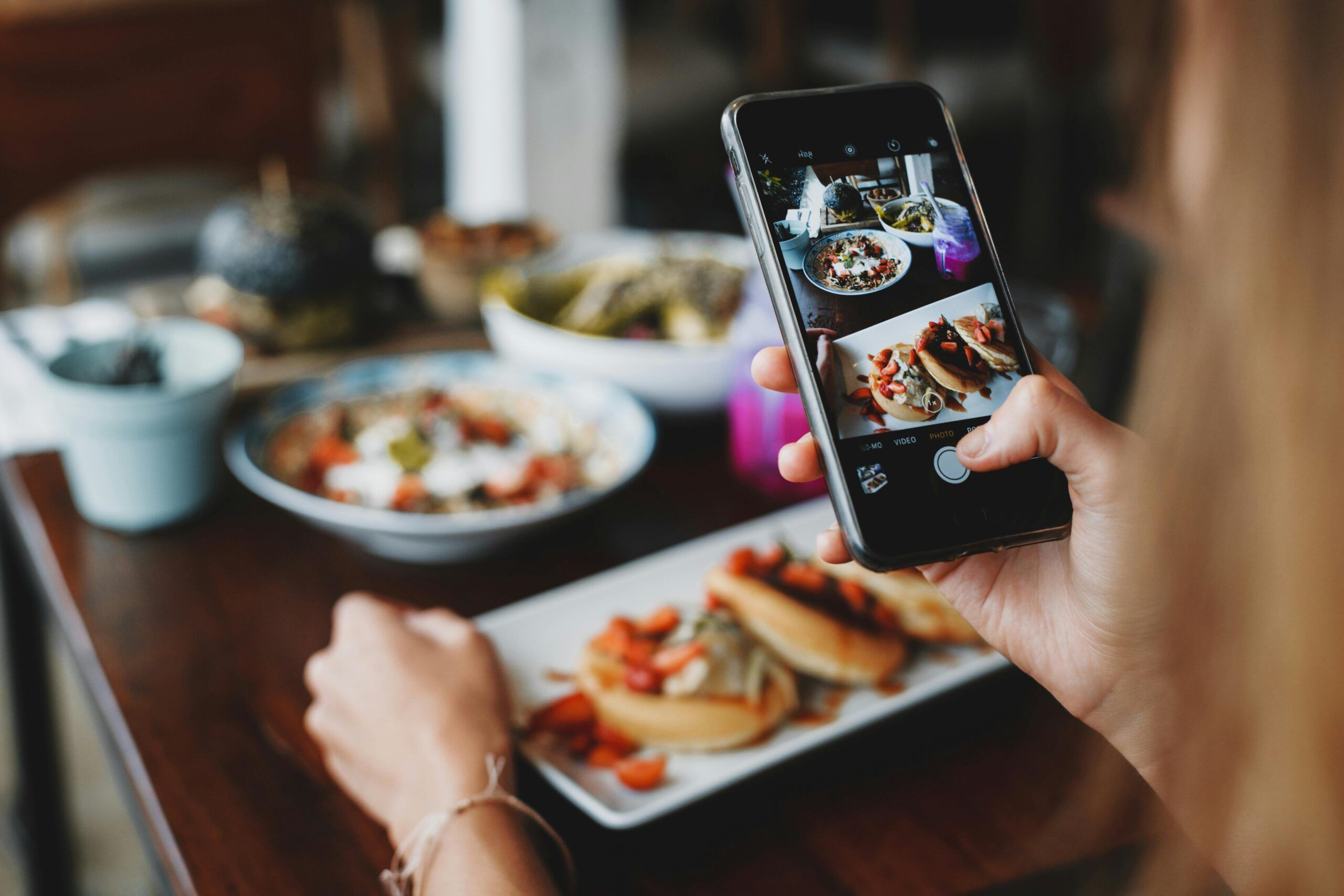- The different types of menus and how to choose the right one for your business
- How to use menu engineering to create a profitable and sustainable menu for your ghost kitchen
- Tips and tricks for making the most of your menu engineering strategy
Menu engineering is designing menus that are both profitable and appealing to customers. Menu engineering can be a powerful tool for restaurant operators looking to maximize profits without sacrificing customer satisfaction when done correctly.
Ghost kitchens provide a great opportunity for restaurants to use menu engineering to boost sales. By focusing on the most popular items, full service restaurants can create menus that appeal to customers and help maximize profits in the vast restaurant industry.
In this blog post, we’ll discuss some tips for creating a successful menu for your ghost kitchen. Stay tuned!
The different types of menus and how to choose the right one for your business
Menus are important tools that can help you boost profits and enhance the customer experience. But with so many different types of menus out there, how do you know which one is right for your business?
Whenever you’re designing a food menu, there are three key factors to keep in mind:
The type of restaurant you have
Your restaurant type will dictate the overall style and tone of your menu items. For example, if you have a casual restaurant, your menu should reflect that.
On the other hand, your menu should be upscale and sophisticated if you have a more formal establishment.
The type of customers you serve
Your customers will be the ones actually ordering from your menu, so it’s essential to consider their needs and wants. What type of food do they like? What are their dietary restrictions? How much are they willing to spend?
When you get answers to these questions, you’ll be able to design a menu that appeals to your customer base.
Your overall goals for the menu
Before you start designing your menu, have a clear idea of what you want to achieve with it. Are you looking to boost profits? Increase customer satisfaction? Introduce new items? Once you know your goals, you can start planning your menu accordingly.
Now that we’ve gone over some basics let’s look at the different profitable menus and choose the right one for your business.
A la carte menu
An a la carte menu is a menu where each dish is priced individually. This is the most common menu type and can be found in both casual and formal restaurants.
When designing an a la carte menu, the key is to find a balance between offering enough variety to appeal to customers and keeping the number of items manageable.
Set menu
A set menu is where all dishes are served together as a set. This menu type is common in fine dining restaurants and can be fixed (i.e., the same each day) or seasonal (i.e., changing regularly to reflect what’s fresh). Set menus can be a great way to boost profits, as they allow restaurants to control portion sizes and limit waste.
Buffet menu
A buffet menu is where customers serve themselves from a selection of dishes. This type of menu is common in buffet-style restaurants and can be an effective way to increase profits.
However, it’s important to ensure that the buffet is well-organized and offers a good variety of dishes to appeal to customers.
Family style menu
In a family-style menu, dishes are served family-style, meaning they’re meant to be shared. This type of menu is common in restaurants that serve a lot of group dinners, such as business lunches and large parties. Family-style menus can be a great way to encourage customers to try new dishes and boost profits.
Children’s menu
A children’s menu is a type of menu specifically designed for kids. This menu type is common in family-friendly restaurants and can help increase profits by appealing to a broader customer base. When designing a children’s menu, the key is to offer a variety of kid-friendly dishes that are both nutritious and tasty.
You can try to mix and match these menu types to come up with the perfect one for your restaurant business.
For example, you could have an a la carte menu or a dessert menu for lunch and a set menu for dinner. Or you could have a buffet-style brunch and a children’s menu for dinner.
Now that you know more about the different types of separate menus, it’s time to start planning yours. Keep the three key factors in mind and choose a menu type that best suits your restaurant. With a little bit of planning, you can create a restaurant menu that’s sure to please customers and boost your bottom line.
How to use menu engineering to create a profitable and sustainable menu for your ghost kitchen
If you’re looking to create a profitable and sustainable menu for your ghost kitchen, menu engineering is a great place to start. Menu engineering analyzes and designs menus to achieve specific goals, such as increasing profits or reducing food waste.
When it comes to menu engineering, there are four key factors to consider:
Customer preferences
You need to understand what customers want to create a menu that they’ll love. Just be creative here. You can ask for a short survey from your customers accompanied by a free appetizer or a glass of fresh juice. You can also watch trends to see which dishes are popular and which ones are falling out of favor.
Ingredient costs
You need to be aware of the cost of ingredients to create a profitable menu. You can work with your suppliers to get an accurate idea of what ingredients cost. You can also use online tools, such as MenuCalc, to help you calculate ingredient costs.
Food waste
You need to minimize food waste to create a sustainable menu. To do this, you can start by using techniques such as batch cooking and repurposing leftovers. You can also work with your suppliers to ensure that you’re only ordering the ingredients you need.
Plate cost
Your Inbox, Your Rules!
Tailor your newsletter with the topics you're most interested in.
You need to be aware of the food cost of each dish to create a profitable menu item. You can also work with your chef to ensure that dishes are made cost-effectively.
Menu design
You need to design your menu in a way that’s easy for customers to navigate. To do this, you can start by grouping dishes together based on similarity. For example, you could group all of your appetizers together or your entries together. You can also use color-coding or other visual cues to help customers find what they’re looking for.
By considering these four factors, you can create a menu that’s both profitable and sustainable. So, if you’re looking to take your ghost kitchen to the next level, menu engineering is a great place to start.
Tips and tricks for making the most of your menu engineering strategy
You can do a few things to make sure that your menu engineering strategy is as effective as possible. Here are a few tips and tricks to keep in mind:
Keep it simple
When it comes to menu engineering, less is more. You don’t need to overcomplicate things by adding too many dishes or too many ingredients. Instead, focus on creating a small number of simple dishes yet delicious.
Know your audience
It’s important to know your target audience when you’re menu engineering. This will help you understand what they’re looking for and what they’re willing to pay for.
Be flexible
Don’t be afraid to change your menu based on customer feedback or changing trends. Menu engineering should be an ongoing process, not a one-time event.
Work with a professional
If you’re feeling overwhelmed by menu engineering, it’s okay to seek help from a professional. Many menu consultants can help you create a profitable and sustainable menu.
Try seasonal ingredients
If you want to be sustainable, use seasonal ingredients. This means that the food will cost less, and it will also taste better.
Use online tools
Many online menu engineering tools can help you with ingredient costs to plate prices. Using these tools can make your menu engineering process easier and more efficient.
With Orders.co, you can easily streamline your ghost kitchen and get back to what you do best: cooking amazing food. With the help of our platform, you can manage your delivery menu, ingredients, orders, and delivery all in one place. So why wait? Sign up for Orders.co today!
Keep it updated
Make sure to keep your menu up-to-date with the latest trends. This will help you attract new customers and keep your existing customers coming back for more.
Keep quality in mind
When you’re menu engineering, it’s crucial to keep quality in mind. This means using fresh and high-quality ingredients. It also means making sure that your dishes are cooked properly and served promptly.
Take your time
Don’t rush your menu engineering process. This is something that takes time and effort. So, make sure to give yourself enough time to do it right.
Have fun
Last but not least, don’t forget to have fun with menu engineering. This is your chance to be creative and experiment with new dishes. So, go ahead and let your imagination run wild.
Menu engineering is a great way to create a profitable and sustainable menu for your ghost kitchen.
By considering customer preferences, ingredient costs, food waste, plate costs, and menu design, you can create a menu that’s both profitable and sustainable.
So, if you’re looking to take your ghost kitchen to the next level, menu engineering is a great place to start.



